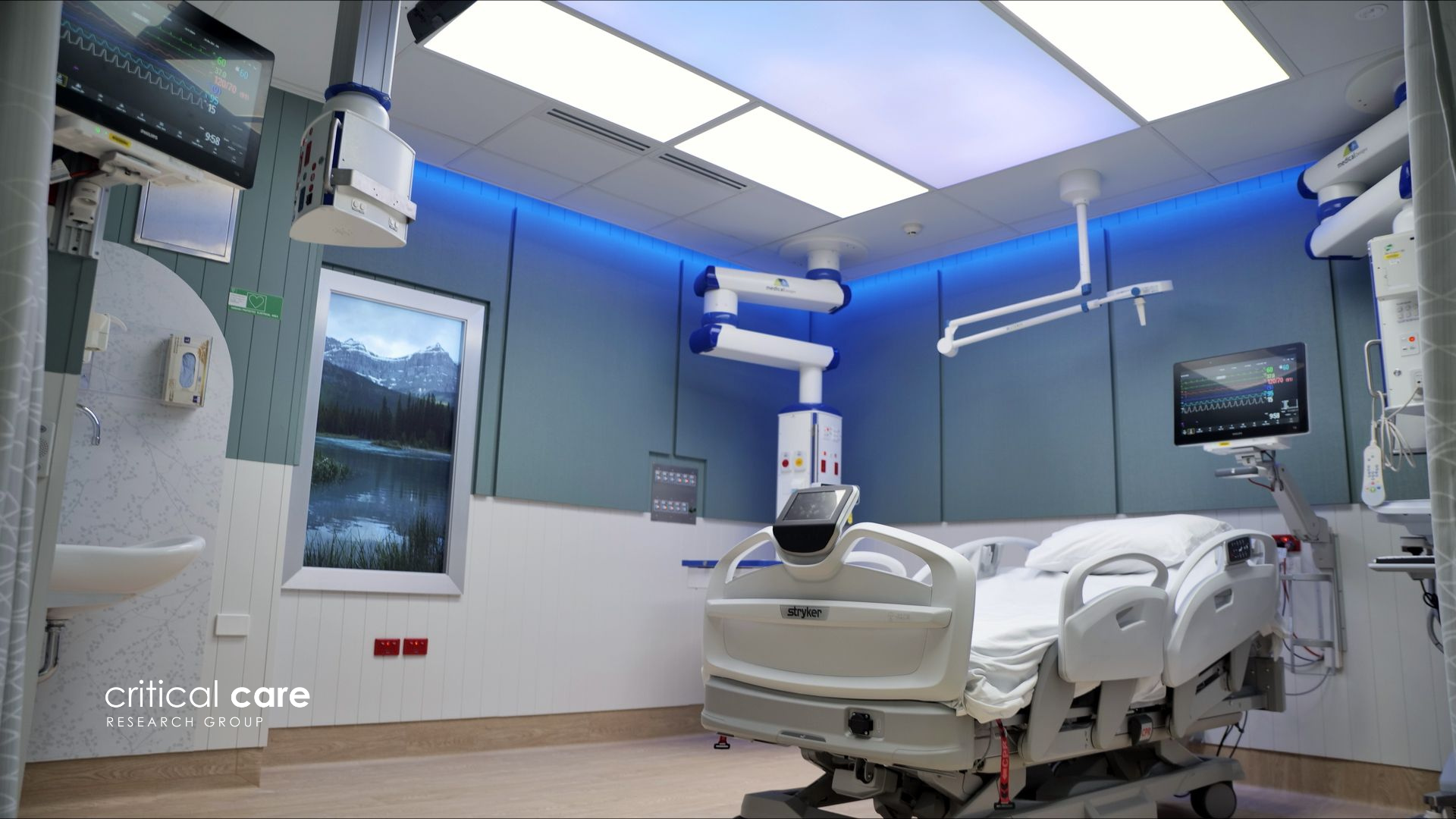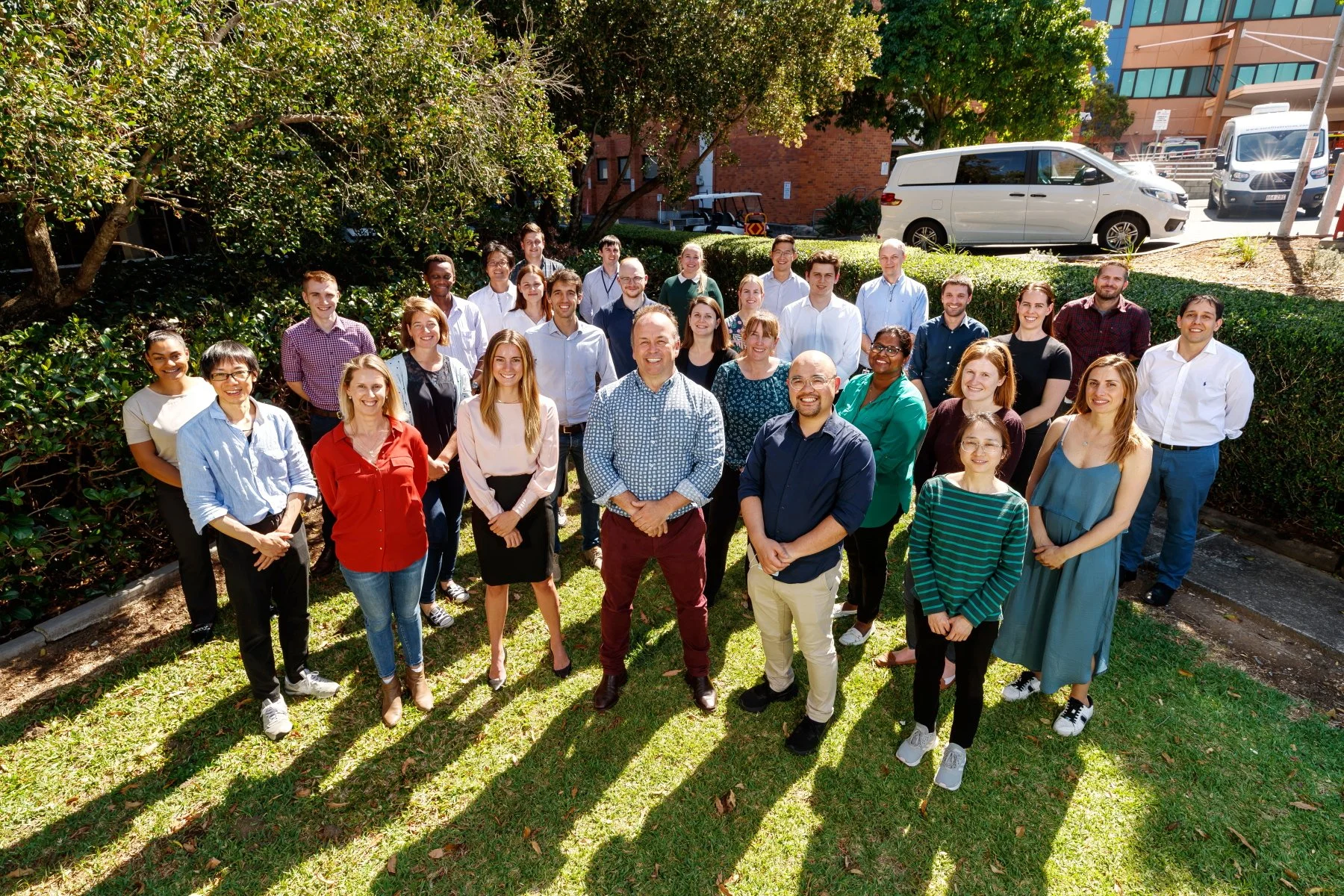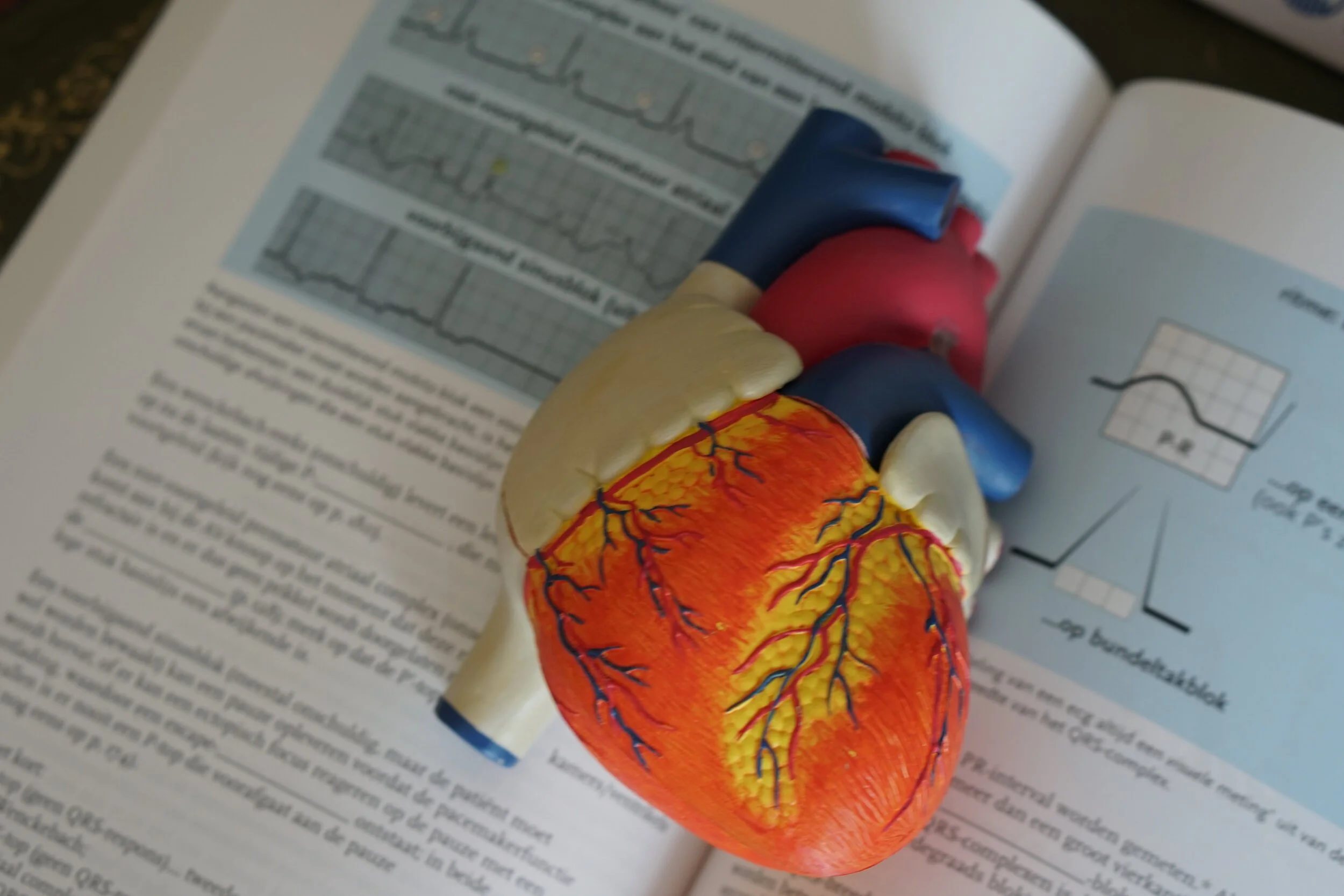-

PRIMELab
The Preclinical Innovative Medical & Engineering Laboratory (PRIMElab) is Australia’s largest research facility aimed at testing the efficacy and safety of ground breaking medical and surgical interventions that are set to be implemented into clinical practice.
-

STARLab
Our Scientific and Translational Research Laboratory (STARlab) focuses on research related to heart, lungs and extracorporeal membrane oxygenation (ECMO). In particular, projects involve heart transplant, lung transplant, heart failure, and Acute Respiratory Distress Syndrome.
-

ICETLab
The Innovative Cardiovascular Engineering and Technology Laboratory (ICETlab) facilitates the transition of innovative cardiovascular technologies from idea to clinical implementation, while investigating clinical challenges facing existing technology.
-
Blood Circulatory Loop
Blood Circulatory Loop testing is commonly used to determine haemocompatibility (or “device-induced blood trauma”) of mechanical assist devices. Haemocompatibility testing - such as red blood cell destruction, platelet activation, white blood cell activation and coagulation protein degradation - are important assays to design and develop safer blood-contacting medical devices. It provides a greater understanding of the blood-handling characteristics of the blood-contacting medical devices, with the ultimate goal of prolonging patients’ lives.
-
Blood Gas
Blood gas is a routine assessment that we do in patients to measure their oxygen and carbon dioxide to monitor severity and response to treatment of various diseases, specifically cardio-pulmonary.
-
Computational fluid dynamics
With the Computational Fluid Dynamics (CFD), our team can assess complex issues involving fluid flows. Part of a dynamic group of fluid mechanics, the application of data structures and numerical analysis allows us to simulate the behaviour of blood flow behaviour in various organs of the human body.
-
CPB
Cardiopulmonary Bypass (CPB) is often called the 'heart-lung by-pass machine'. It is typically used in open-heart surgery for patients who need their heart/lungs fully bypassed to allow the surgeon to operate in a still and bloodless field. Our models are capable of reproducing this as a benchtop experiment or in large preclinical models to test new approaches.
-
Custom pump controllers
The majority of clinically used cardiac assist devices are limited to continuous flow mode by their clinical controllers. However, research into creating physiological pulses or implementation of physiological control systems is ever emerging. Thus, our team developed custom controllers for clinically available VADs to be used in ongoing and future research by our team.
-
ECMO
The Extracorporeal Membrane Oxygenation (ECMO) machine pumps and oxygenates a patient's blood outside the body, supporting the failing heart and lungs and allowing them to rest until they recover. Our models are capable of reproducing this as a benchtop experiment or in large preclinical models to test new approaches.
-
Gene expression
NanoString is a method used to quantify nanoscale amounts of nucleic acids (RNA and DNA). It uses colour-coded molecular barcodes to distinguish and simultaneously quantify several hundred different nucleic acid targets within the same sample to provide a snapshot of the molecular mechanisms that influence factors such as disease progression, severity, and treatment efficacy.
-
LVAD, RVAD, BiVADs
Ventricular Assist Devices (VAD) are the so-called mechanical heart (or "blood pump") used to support a failing heart in end-stage heart failure. VADs are sometimes used for patients who would not otherwise survive while on the heart transplant waiting list.
-
Mock Circulatory Loop
CCRG’s Mock Circulatory Loop is a ground-breaking engineering system. It has the ability to model any acute and chronic heart condition and test medical devices that could promote clinical improvements.
-
Multiplex immunoassays and ELISA
Immunoassays are used for sensitive and high specific detection of analytes of interest in biological samples. Traditional Enzyme-linked Immunosorbent Assays (ELISA) are limited by their ability to measure only one single analyte. Whereas multiplex technology, a magnetic bead-base immunoassay, allows for the simultaneous detection of up to 50 analytes in one sample. These assays have numerous advantages over ELISAs, such as higher sensitivity, reduction in sample volume and laboratory time.
-
Oxygraph - High-resolution respirometry
High-resolution respirometry is used to determine mitochondrial oxygen consumption in a closed-chamber system. This machine is used to determine mitochondrial respiratory chain complexes (I-IV) respiratory rates, maximal mitochondrial electron transport system capacity, and mitochondrial outer membrane integrity.
-
Particle Image Velocimetry
The Particle Image Velocimetry (PIV) enables CCRG to apply experimental methodologies to the analysis of fluid flow. This advanced machine captures images utilising a laser sheet and fluid seeded with particles to perform statistical calculations. From here we are provided with important information about the flow velocity magnitude and direction to validate computational fluid dynamics simulations.
-
Rotary Moulding
Our Rotary Moulding device has the power to craft complex, hollow objects that are typically difficult to make. Often described as silicone shells, they are most commonly used in particle image velocimetry experiments as transparent left ventricles.
-
ROTEM®
Rotation thromboelastometry (ROTEM®) is a methodology based on thromboelastography originally described by Hartert more than 50 years ago. Today, it is frequently used to rapidly assess all the phases of coagulation from initial platelet–fibrin interaction, through to platelet aggregation, clot strengthening and fibrin cross-linking to eventual clot lysis. Within 30 minutes, a ROTEM® tracing provides information on clotting factor activity, platelet function and any clinically significant fibrinolysis to guide clinicians on the best products to be transfused to stop bleeding.






